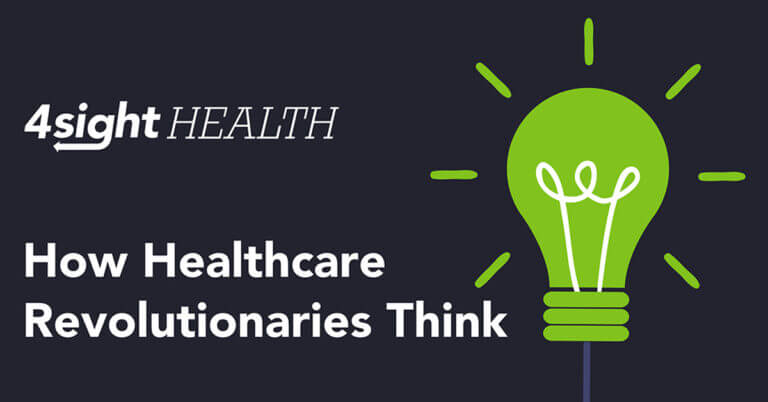July 27, 2022

Why Picking a Doctor is Like Grilling Chicken
My wife and I share cooking duties in our house. She would say she does most of the cooking. I would say I do most of the cooking.
Regardless of where the truth lies, there is one big difference in our cooking styles. I cook what’s most convenient, i.e., what’s defrosted in the refrigerator that I can throw on the grill without much thought. She cooks what’s best, i.e., what would be great to make after three consecutive days of grilled chicken.
Our approach to fast food is separated by that same line. I’ll drive to the closest fast-food joint because it’s convenient. I’m hungry. I don’t want to cook. I just want food no matter what it is or what it costs. She’ll drive to the best fast-food joint because it’s what she wants no matter the time or distance.
As it turns out, patients, when they need medical care, behave the same way. That thought dawned on me after reading a new report on health literacy put out by Optavise (formerly known as DirectPath). We’ve written about previous health literacy reports from DirectPath before.
The new report, which you can download here, is based on a survey of 1,055 employed workers with employer-based health insurance. According to the survey results, many patients consume healthcare like many people, including me and my wife, consume food.
For example, only 48 percent of the respondents said they check if a new clinician or new healthcare facility is in-network when they plan to see that new clinician or visit that new facility. That’s down from 57 percent in 2021 per a similar Optavise survey released last year. Further, only 10 percent bother to check if a clinician or facility is in-network when their health plan changes. That’s down from 25 percent last year.
You know what’s up? Patients’ use of other care sites when they don’t want to see their regular primary-care physicians for non-emergency care:
- 26 percent said they go to urgent care, up from 21 percent in 2021
- 10 percent said they visit a retail clinic, up from 9 percent in 2021
- 7 percent said they go to the emergency room, up from 3 percent in 2021
Only 50 percent of the respondents said they go to their regular PCP when they have a non-emergency medical problem. That’s down from 62 percent last year.
Ballparking the survey results, half of patients do what’s convenient even though it may not be the most appropriate site for their medical situation and may, in fact, pay more for it. The other half does what’s best for their medical situation and likely will pay less for it.
Moving all patients and members to the right half is a huge health literacy challenge for both providers and patients. Patients and members won’t be good healthcare consumers unless we teach them how to be good healthcare consumers.
“Consumers appear to be focused on convenience rather than cost when they need care outside their regular checkups,” the report said. “This may be a reflection of the long wait times to get appointments with their doctors, or a preference for evening and weekend hours that don’t conflict with their regular routines.”
Yeah, like throwing defrosted chicken on the grill. I get it.
To learn more about this topic, please read:
- “Do You Speak Healthcare?”
- “Health Literacy: Assembly Required”
- “The Real Test of Health Literacy”
- “Are Employer and Employee Health Benefits Falling in Line?”
- “The Health Literacy Gap Between Doctors and Patients”
Thanks for reading.





